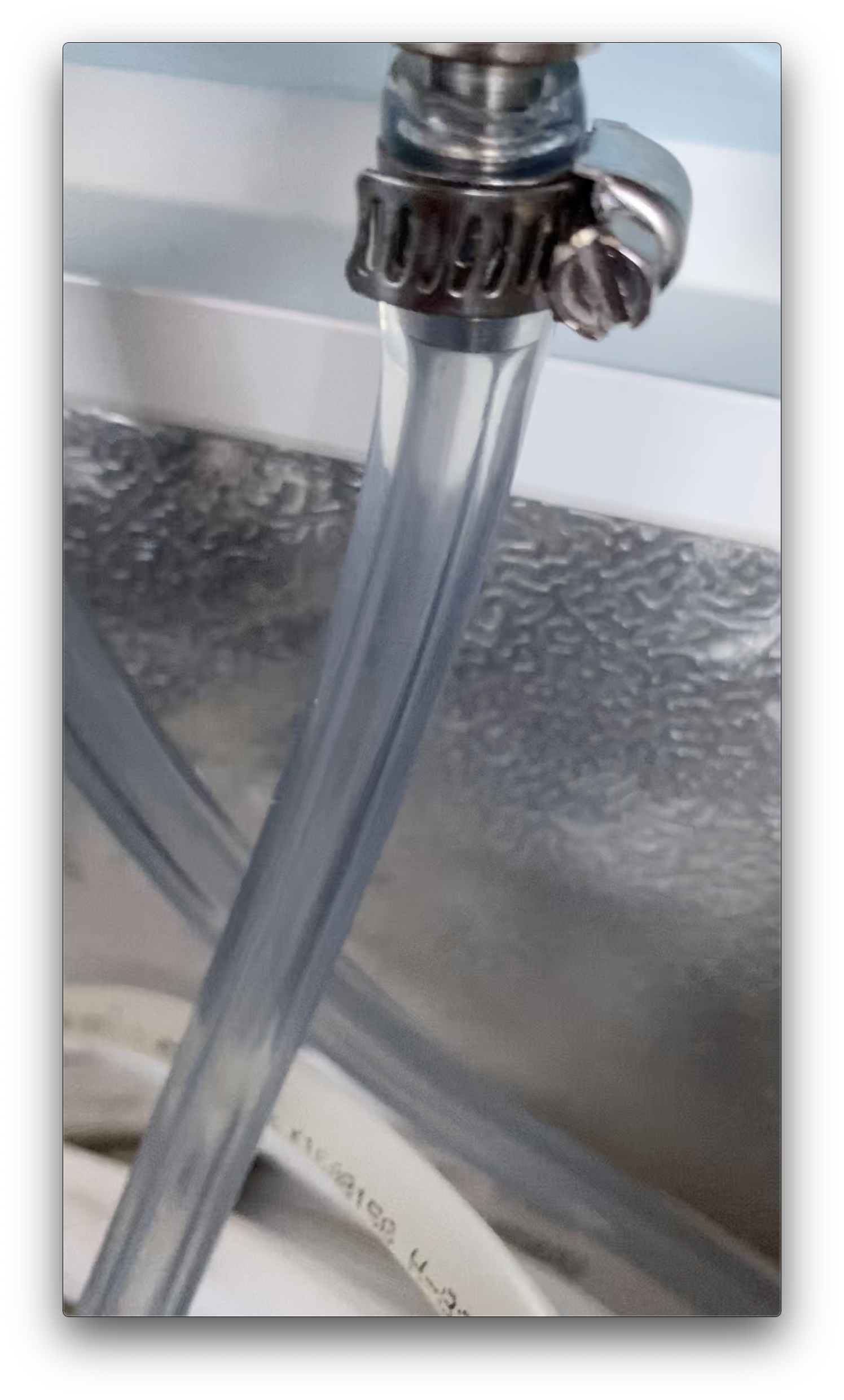ILMSTMF
Well-Known Member
- Joined
- Jan 17, 2014
- Messages
- 527
- Reaction score
- 162
Lesson learned (I'm putting this up top for those who deem this TL;DR)
Before attaching a different pressure gas line to the keg, do this.
1) Remove gas supply from keg. In my case, 30psi
2) Pull PRV to vent the gas out of keg. I believe this is the crucial step which would have prevented the beer backup.
3) Attach new gas supply line to keg. In my case, 12psi
EDIT - Important detail I missed! The 4 channel manifold has integrated check valves. Hoping this means I'm safe! Product seen here:
http://www.ritebrew.com/product-p/843667.htm
Night before, I force carbed the keg at 30psi. Rocked the keg, rolled it, put it in the cold keezer with 30psi still on it. This morning, I wanted to replace the gas supply to the keg with a serving pressure (12psi) line. I forgot to vent the keg before attaching the 12psi line and as soon as I attached the QD, beer shot up into the gas line. The good news (maybe?) is that the beer didn't go far up the tubing. It settled about halfway up the line.

It might be a bit tricky to see in image above but, yes, beer is about halfway up that gas line. I closed that valve on the manifold and removed the QD from the keg. Here is a photo of the connection point of the gas line to the manifold channel. Note that beer is not near it.

At this point, I pulled PRV to fully vent keg and attached a different QD from same manifold to the keg. No backup, yahoo.
So, the paranoia sort of diffused. I decided to remove the line from that manifold channel. Got the wrench and started loosening the nut at the manifold side of the line. As soon as I did that, the beer started pushing up towards the manifold, darn. The smarter choice, I think, would have been to detach the QD from the line thus allowing the beer to flow out of the tubing. At least, that's what I assume.
Anyway, sorry that I don't have a photo of this. The manifold channel's valve was closed, not sure if that had any positive effect on my efforts to keep the beer out of the manifold. Got the tubing off and rinsed it. I made sure to get a clean, dry napkin and I rubbed it around the manifold connection point. Not damp. I then held the napkin under the channel and opened the valve to "blow out" whatever may have been in there. Napkin remains dry.
The large worry is for all the caution I've been taught about beer backing up into a manifold. I have never taken apart a manifold to clean it. I am nervous about trying that and, if I don't need to do it, I would like not to. Can the experts please weigh in with their recommendations on what I should do next? Thank you!
Before attaching a different pressure gas line to the keg, do this.
1) Remove gas supply from keg. In my case, 30psi
2) Pull PRV to vent the gas out of keg. I believe this is the crucial step which would have prevented the beer backup.
3) Attach new gas supply line to keg. In my case, 12psi
EDIT - Important detail I missed! The 4 channel manifold has integrated check valves. Hoping this means I'm safe! Product seen here:
http://www.ritebrew.com/product-p/843667.htm
Night before, I force carbed the keg at 30psi. Rocked the keg, rolled it, put it in the cold keezer with 30psi still on it. This morning, I wanted to replace the gas supply to the keg with a serving pressure (12psi) line. I forgot to vent the keg before attaching the 12psi line and as soon as I attached the QD, beer shot up into the gas line. The good news (maybe?) is that the beer didn't go far up the tubing. It settled about halfway up the line.

It might be a bit tricky to see in image above but, yes, beer is about halfway up that gas line. I closed that valve on the manifold and removed the QD from the keg. Here is a photo of the connection point of the gas line to the manifold channel. Note that beer is not near it.

At this point, I pulled PRV to fully vent keg and attached a different QD from same manifold to the keg. No backup, yahoo.
So, the paranoia sort of diffused. I decided to remove the line from that manifold channel. Got the wrench and started loosening the nut at the manifold side of the line. As soon as I did that, the beer started pushing up towards the manifold, darn. The smarter choice, I think, would have been to detach the QD from the line thus allowing the beer to flow out of the tubing. At least, that's what I assume.
Anyway, sorry that I don't have a photo of this. The manifold channel's valve was closed, not sure if that had any positive effect on my efforts to keep the beer out of the manifold. Got the tubing off and rinsed it. I made sure to get a clean, dry napkin and I rubbed it around the manifold connection point. Not damp. I then held the napkin under the channel and opened the valve to "blow out" whatever may have been in there. Napkin remains dry.
The large worry is for all the caution I've been taught about beer backing up into a manifold. I have never taken apart a manifold to clean it. I am nervous about trying that and, if I don't need to do it, I would like not to. Can the experts please weigh in with their recommendations on what I should do next? Thank you!
Last edited:




